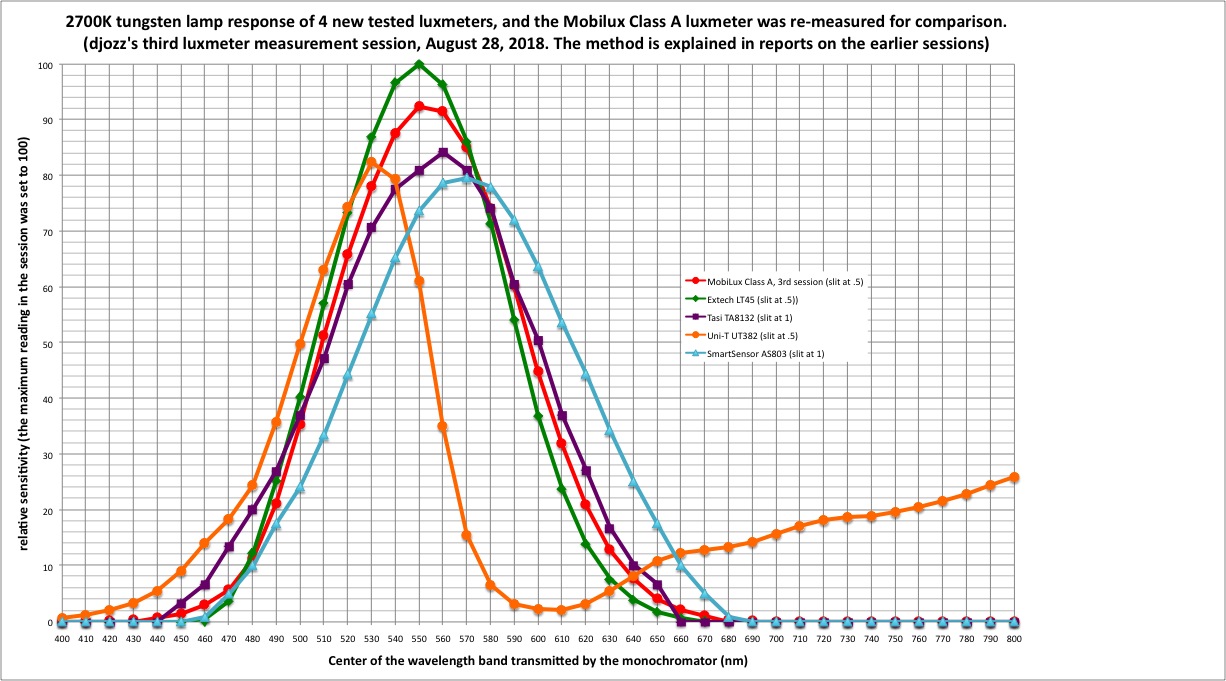your red xp-g3 mod is cool too 
I kept the stock 2019 driver… nothing melted

I agree the red looks a LOT brighter than my meter says… like double, I mean that literally.
The red hotspot is twice as bright on the wall as my sw45k hotspot, even though both read 10 lumens on my meter, the red just “looks” more intense.
so I dont know if the meter cant see the red as well, or if you and I are reacting to a more focused hotspot having more LUX
but whatever the reasons… Im totally impressed that this little red led can handle the power, is WAY brighter on max than I need, and im a Big fan of the tiny hotspot.
this is only the second 2019 RRT-01 Ive handled. Given that the Original are sold out, I think this is a perfectly serviceable little Rotary.
when it arrived, the control ring had issues… the ball had come off the spring inside the control ring, and the dial would stick half way… I managed to free it up before disassembly, and found the ball bearing was on top of one of the magnets when I lifted the control ring.
So I dont know if the initial stock xpl reading of 550 lumens on 18350 was due to the ball interfering with the magnet. This light was supposed to make 950 lumens stock.
In any case, I can tell you, and anyone that cares to listen, that the Red LED at 250 lumens is ridiculously bright, I would never use it at that level. But I did, just to see if I could melt the LED… so far, no issue.
I find in practice that 10 lumens of Red is plenty to see everything within 10 yards, easily.
Well, not everything
Red things kind of disappear
That Huichol beaded bowl I posted above, with the red, I could not see any of the orange beads in the middle…
but, Red is not about seeing colors, its about preserving Rhodopsin.
I can certainly navigate walking around with red light. Its a bit different though, some red things disappear.
look at these beads under my house lights… then watch what happens to the orange and yellow beads

when I add the red light:

they totally disappear!














